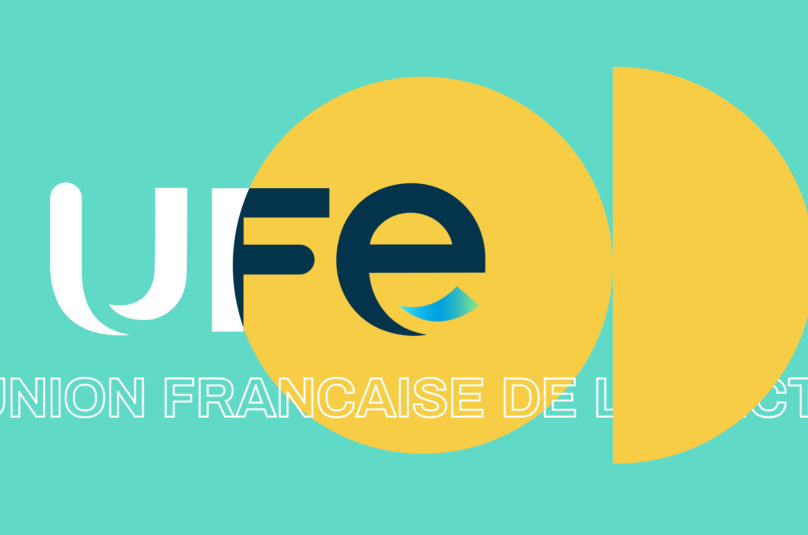10 December 2021
UFE’s response to ACER’s consultation on the European Resource Adequacy Assessment 2021
UFE thanks ACER for this call for feedback on the European Resource Adequacy Assessment 2021 (ERAA) which was published by ENTSO-E. UFE however regrets the short timeframe for the two consultations established by ACER and ENTSO-E and their order (i.e. the ACER one closing before ENTSO-E’s). This order seems problematic to UFE : ACER will need to express an opinion on a version of ERAA 2021 that does not include ENTSO-E’s views on comments received in their own consultation. UFE recommends that ACER takes into account the questions and recommendations ENTSO-E’s consultation arises.
UFE welcomes the ERAA report as a valuable tool to be complemented by the national resources adequacy assessments in order to provide a European outlook of adequacy issues. UFE welcomes that the ERAA report highlights if necessary the need for specific measures to tackle such issues, notably capacity mechanisms. Especially the integration of an Economic Viability Assessment (EVA) is a long awaited improvement to the previous Mid Term Adequacy Assessment (MAF) reports methodology, though improvements to this EVA are still required.
ERAA purpose
UFE believes the ERAA report should focus on resource adequacy concerns and the ability of the system to balance power injections and power withdrawals to avoid load shedding. Indeed, the ERAA results are to be compared with a reliability standardin compliance with Electricity Regulation.
In particular, given the contribution of transmission capacities in achieving adequacy at a regional or European level, UFE recommends at least to take into account transmission capacities that reflect to the best possible extent the real capabilities of the network during stress events, instead of taking into account artificial increases stemming from capacity calculation methodological aspects (inclusion of the 70% rule). It is important to note that the resulting network constraints may have to be dealt with through cross-border remedial actions (e.g. countertrading) whose availability is not guaranteed in tense situations. This could lead to a significant underestimation of adequacy issues compared to the current ERAA 2021 report.
General comments and further methodological improvements
From a general point of view, the ERAA methodology should strive to align more with the requirements of the Electricity regulation and the methodology validated by ACER, to ensure the reliability of the assessment’s results. Indeed, while the full methodology will be deployed in 2024, there is still room for improvement and the implementation challenges of the methodology should not be underestimated.
Here are some important improvements put forward by UFE :
– Ensure that the EVA is properly elaborated in the methodology, implemented in the ERAA modelling framework and used in the scenarios and sensitivities;
– Define sufficient alignment and comparability with national TSO input data and assumptions, and ensuring their effectiveness.
– Define an extensive delineation of the different scenarios and sensitivities: for example, the treatment of capacity mechanisms (i.e. strategic reserves and capacity markets) and the impact of decarbonisation
– Improve and clarify the methodology to avoid circular assessment which could by construction provide targeted reliability standards. The current process underestimates essential dimensions like investment risk linked to uncertainties, volatility and more generally complexity of asset management (operations, decommissioning, mothballing, investments).
UFE keeps in mind that the underlying methodology of the ERAA still has to be improved and complemented during the next exercises so as to provide a more robust picture. Here are some comments for further methodological improvements :
– EVA should transition from a single-year to a multi-year assessment. The number of target years is insufficient and should include a year-per-year trajectory until 2030, starting from 2022. A complete picture with a trajectory needs to be provided because it is taken into account for investment decisions.
– Rergarding price cap modelling, the assumption of a price cap at 15,000 €/MWh used in EVA needs to be justified.
– Regarding carbon price, result sensitivity analysis should include higher carbon price levels than those currently used (40€/tCO2 in the main case and 60€/tCO2 in an alternative scenario) given currently prevailing EUA prices.
On the results
Despite some shortcomings mentionned above, UFE welcomes the results of the assessment for France, which seem to provide a vision of adequacy in line with the 2025 horizon for France.
UFE takes more generally note that the report (i) mentions a downward pressure on capacity in 2025 due to the effect of capacity mechanisms on availability of thermal generation, of new flexibility tools such as storage and demand response, able to respond to sudden variation of demand and supply and (ii) underlines a risk of system inadequacy in many markets without intervention at the 2025 horizon (notably in CWE). It illustrates that the existence of capacity mechanisms reduces that risk and brings countries closer to their reliability standard. The 2030 horizon remains to be refined in the next editions of ERAA.
– As regards to France, ERAA 2021 confirms the need for a capacity market by 2025 to reach the reliability standard set by the public authorities. Indeed, these results seem to be in line with national elements published by the French TSO RTE in March 2021 and the capacity mechanism in place.
– UFE welcomes that the country report annex highlights the differences in the methodological approaches between ERAA and national adequacy reports (NRAA), as well as the advice for many countries to read ERAA results in conjunction with these national reports, especially as some methodological aspects of ERAA need evolution and improvement.
Find out more


About us
The Union of the French Electricity Industry is the trade association of the French electricity sector. We bring together companies from the whole value chain of the electricity industry.
Find out more








